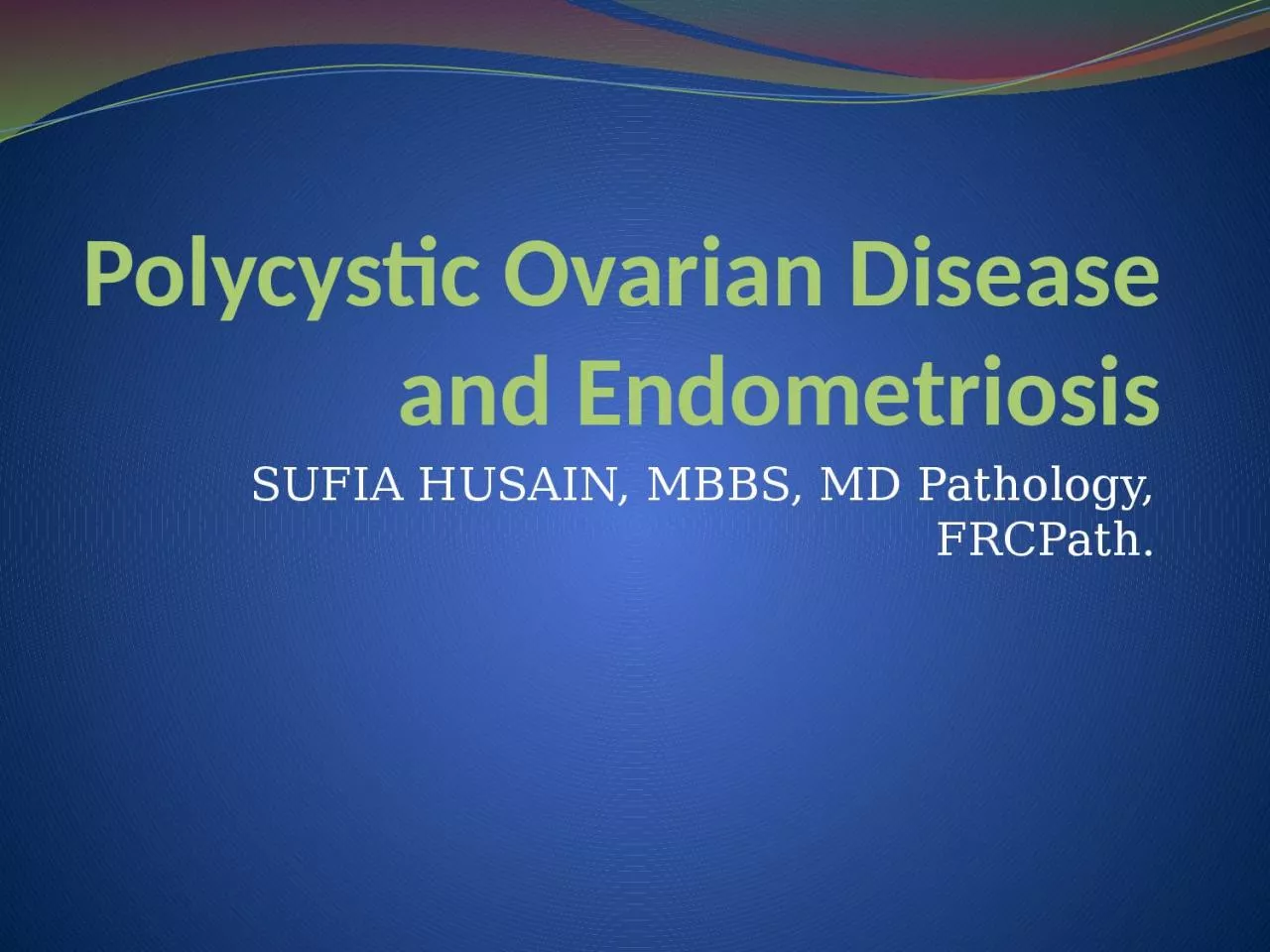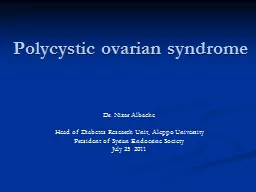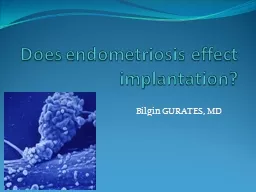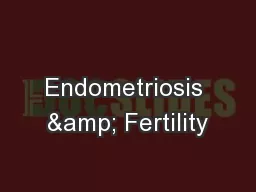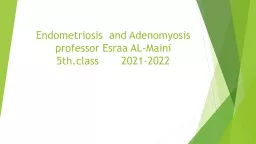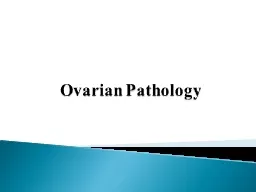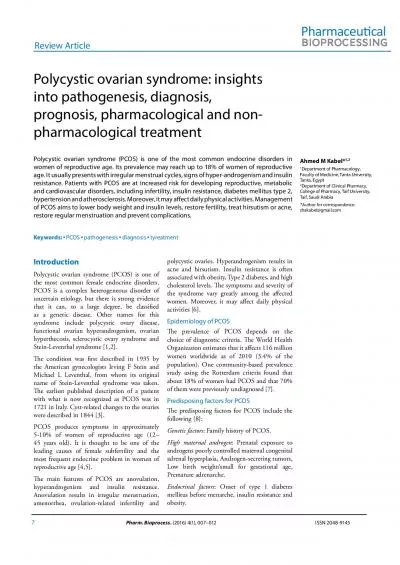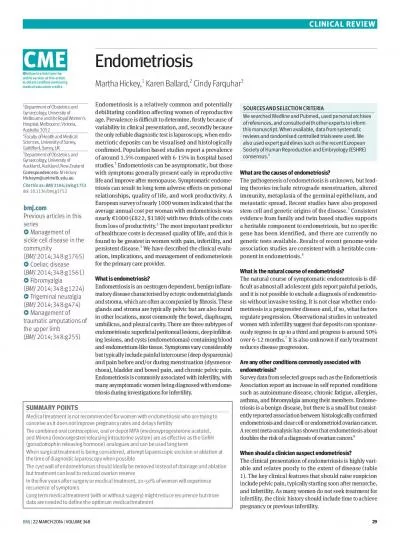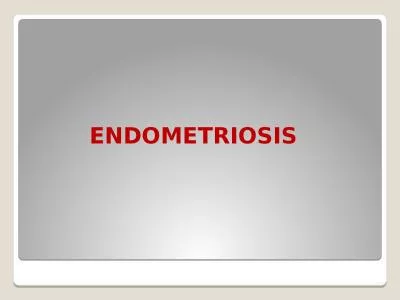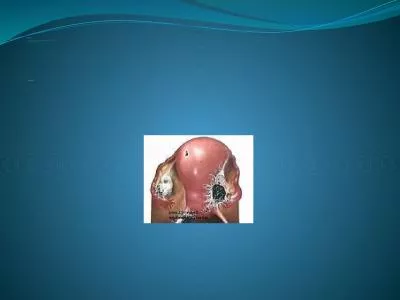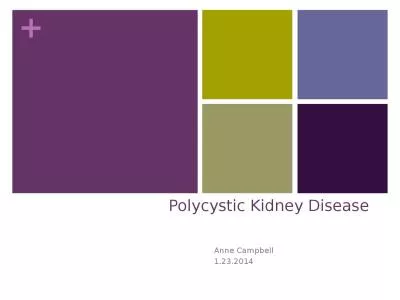PPT-Polycystic Ovarian Disease and Endometriosis
Author : elyana | Published Date : 2024-03-13
SUFIA HUSAIN MBBS MD Pathology FRCPath Polycystic Ovarian Disease PCOD Polycystic ovaries are characterized by bilaterally enlarged polycystic ovaries chronic
Presentation Embed Code
Download Presentation
Download Presentation The PPT/PDF document "Polycystic Ovarian Disease and Endometri..." is the property of its rightful owner. Permission is granted to download and print the materials on this website for personal, non-commercial use only, and to display it on your personal computer provided you do not modify the materials and that you retain all copyright notices contained in the materials. By downloading content from our website, you accept the terms of this agreement.
Polycystic Ovarian Disease and Endometriosis: Transcript
Download Rules Of Document
"Polycystic Ovarian Disease and Endometriosis"The content belongs to its owner. You may download and print it for personal use, without modification, and keep all copyright notices. By downloading, you agree to these terms.
Related Documents

